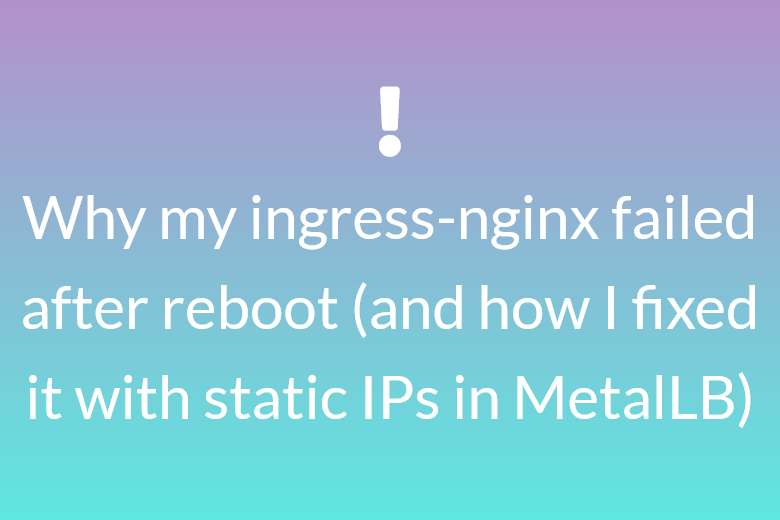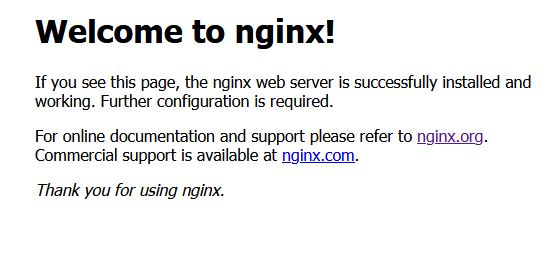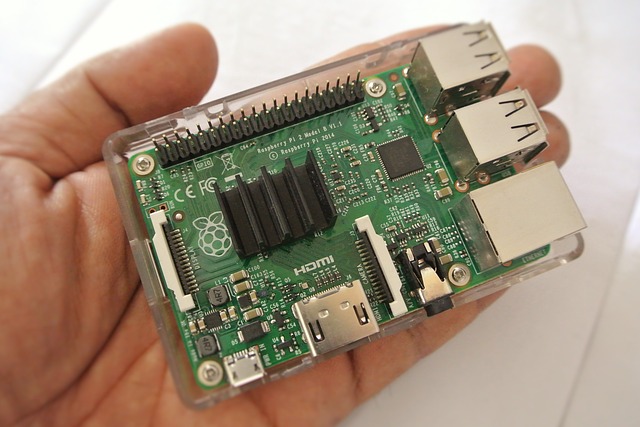Why my ingress-nginx failed after reboot, and how I fixed it with static IPs in MetalLB
Ingress nginx failed after almost every reboot. Find out how giving it a static IP resolved the problem.
Why my ingress-nginx failed after reboot, and how I fixed it with static IPs in MetalLB Read More »




